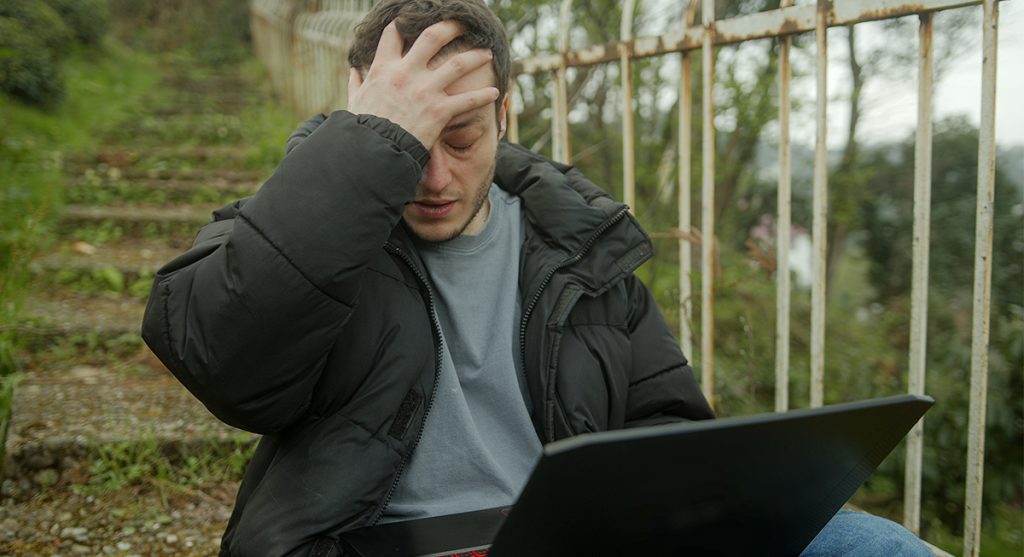Lies. We’ve all told them, some little white lies to spare feelings, others whoppers to avoid trouble. But how do you know when someone’s feeding you a line? Sure, sometimes it’s the nervous fidgeting or the shifty eyes, but skilled liars can be hard to detect. Here’s some good news: science has uncovered a surprisingly simple (and effective!) way to help identify deception – multitasking!
The Science Behind the Lie
A recent study published in the International Journal of Psychology & Behavior Analysis revealed that asking someone to do another task while answering questions can significantly increase the chances of catching a lie. Why? Because lying requires a lot of mental effort. You have to create a story, maintain it under pressure, and avoid inconsistencies. It’s like juggling mental balls; the more you have to juggle, the higher the chance of dropping one.
Testing Truth and Deception Under Pressure
Researchers at the University of Portsmouth conducted an experiment with 164 participants. They asked people about their opinions on controversial topics in the news, like immigration or Brexit. But there was a twist: some participants had to memorize a car registration number while answering. Why a car registration number? It’s a simple, non-emotional task that requires focused attention.
Lies Crumble Under Divided Attention
The study found that the stories of the liars were much less believable than those of the truth-tellers, especially when they were juggling the car registration task. Two-thirds of the participants who had to memorize the number were also told it was important – adding another layer of pressure. The liars in this group struggled the most, their stories falling apart under the strain of multitasking.
The Key to Effective Lie Detection
Professor Aldert Vrij, one of the study’s authors, emphasizes that not just any multitasking will work. The key is to give liars a task they can’t easily ignore. Simply asking someone to remember a number might not be enough. Vrij suggests tasks that require continuous focus, like gripping an object or even driving a car simulator.
The Takeaway
While Professor Vrij cautions that it’s not a foolproof method (a skilled liar might still be able to perform well under pressure), adding a well-chosen multitasking element can make it significantly harder for someone to maintain a lie. And remember, for a well-rounded approach to lie detection, multitasking is just one piece of the lie-detection puzzle. So here are some additional tips to consider:
Know the Baseline
Pay attention to a person’s usual behavior. Do they make a lot of eye contact? Fidget often? Changes in these baseline behaviors can be a red flag.
Listen for Inconsistencies
Liars often get tripped up on details or contradict themselves later in the conversation. Be mindful of the story they’re telling.
Ask Open-Ended Questions
Encourage the person to elaborate on their story. The more details they provide, the higher the chance of inconsistencies or contradictions.
Look for Non-Verbal Cues
Body language can be revealing, but be cautious. Not everyone fidgets when they lie, and some liars can control their body language very well. Look for changes in usual behavior, not universal tells.



